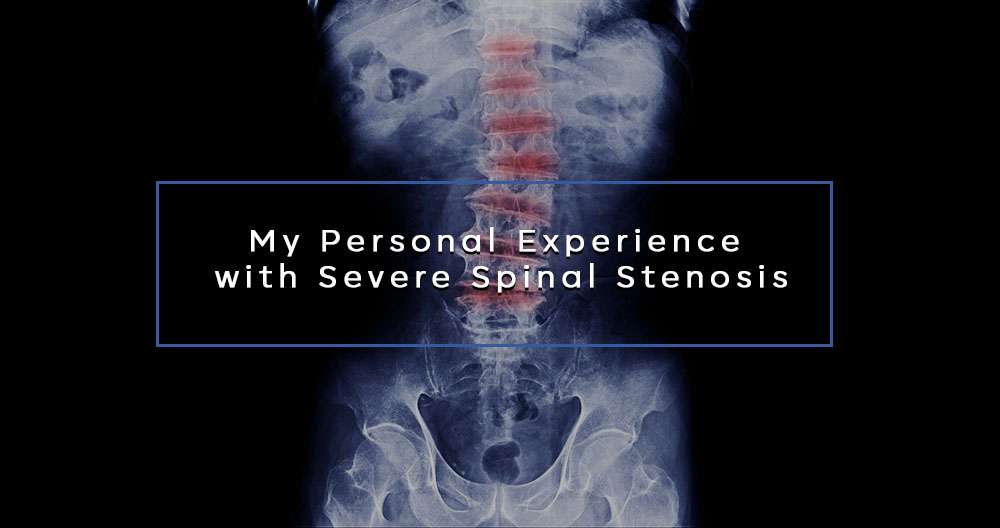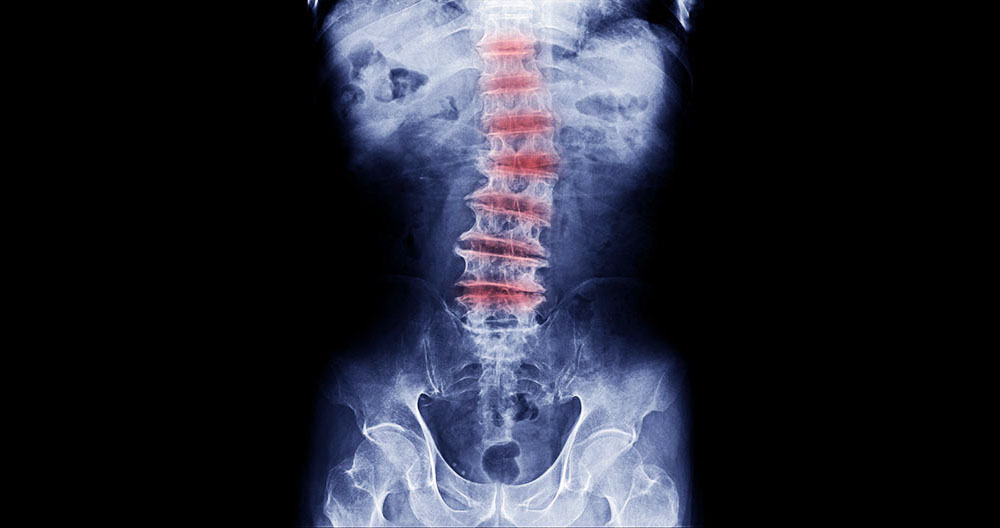
Dr. Kevin Pauza
Maybe it’s from all the farm work or sports I played as a child, but I have severe spinal stenosis. I’ve seen many patients who underwent spine surgery for their spinal stenosis and are paralyzed from that surgery. Their surgeries included: discectomy, laminectomy, and disc replacement. Today I saw another such patient, and so I’m writing this.
Spine Surgeons wrongly led each patient into believing that delaying spine surgery increased their risk of paralysis from an even a minor fall, or would worsen their symptoms of weakness or pain. That’s false on all accounts. I studied that “wives tale” for years because it’s personal to me; I have severe tight spinal stenosis. I read all research and learned that facts definitely support not undergoing spine surgery, because the many risks associated with spine surgery far outweigh any risk of living with severe spinal stenosis. The spinal cord hole is called the Central Canal (or Vertebral Canal) and Spinal Stenosis is when the canal is tight due to disc herniations or bulges, bone spurs, or facet joint arthritis. Many people are born with tight canals and never know it. (It’s like having blue eyes or brown hair.)
After reading everything written, I concluded that spine physicians either don’t know the facts or they say this “wives’ tale” as their surgery sales pitch. Those of you having severe spinal stenosis like myself are 10-20 times more likely to be seriously injured from spine surgery (at top hospitals) compared to being injured from falling.
At top US Spine Hospitals, spine surgery serious complications are:
- 1 in 200 for spinal cord and nerve root injury;
- 1 in 100 for spine infection; and
- 1 in 7 for Adjacent Disc Disease.
In a “very worst case scenario” our overestimated risk of injury after falling is only 1 in 2,100.
I can’t undo all the farm work I did as a child or the sports I played that may have led me here, but I know enough to avoid spine surgery. If I develop pain or weakness in my future I’ll definitely undergo the Discseel Procedure, because strong research supports its safety and efficacy, and that’s how I roll.
References:
- Cheung, Jason Pui Yin, and Keith Dip-Kei Luk. “Complications of Anterior and Posterior Cervical Spine Surgery.” Asian spine journal vol. 10,2 (2016): 385-400. doi:10.4184/asj.2016.10.2.385
- Lauryssen, C., K. D. Riew, and J. C. Wang. “Severe cervical stenosis: Operative treatment of continued conservative care.” Spine Line 8.1 (2006): 21-5. https://www.ncbi.nlm.nih.gov/pubmed/22082636
- Murphy, Donald R et al. “Cervical spondylosis with spinal cord encroachment: should preventive surgery be recommended?.” Chiropractic & osteopathy vol. 17 8. 24 Aug. 2009, doi:10.1186/1746-1340-17-8
- Insurance Information Institute: https://www.iii.org/fact-statistic/facts-statistics-mortality-risk
[simple-author-box]

